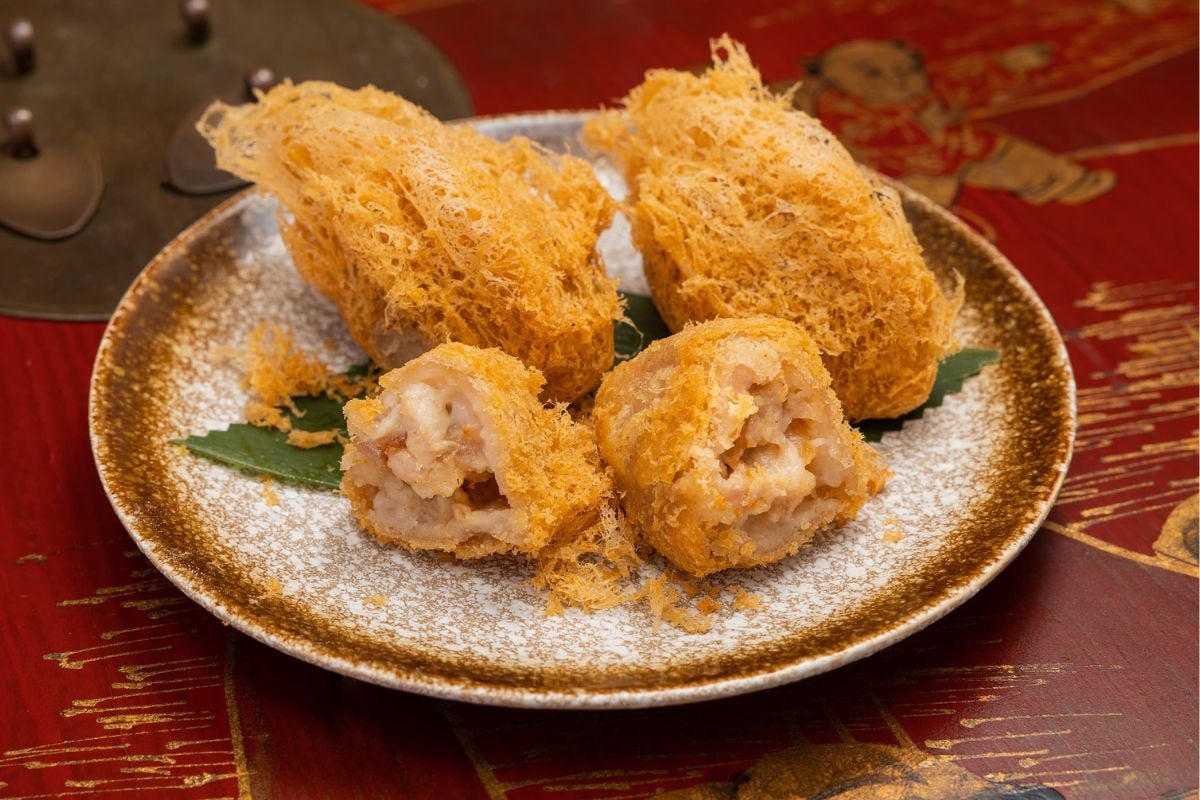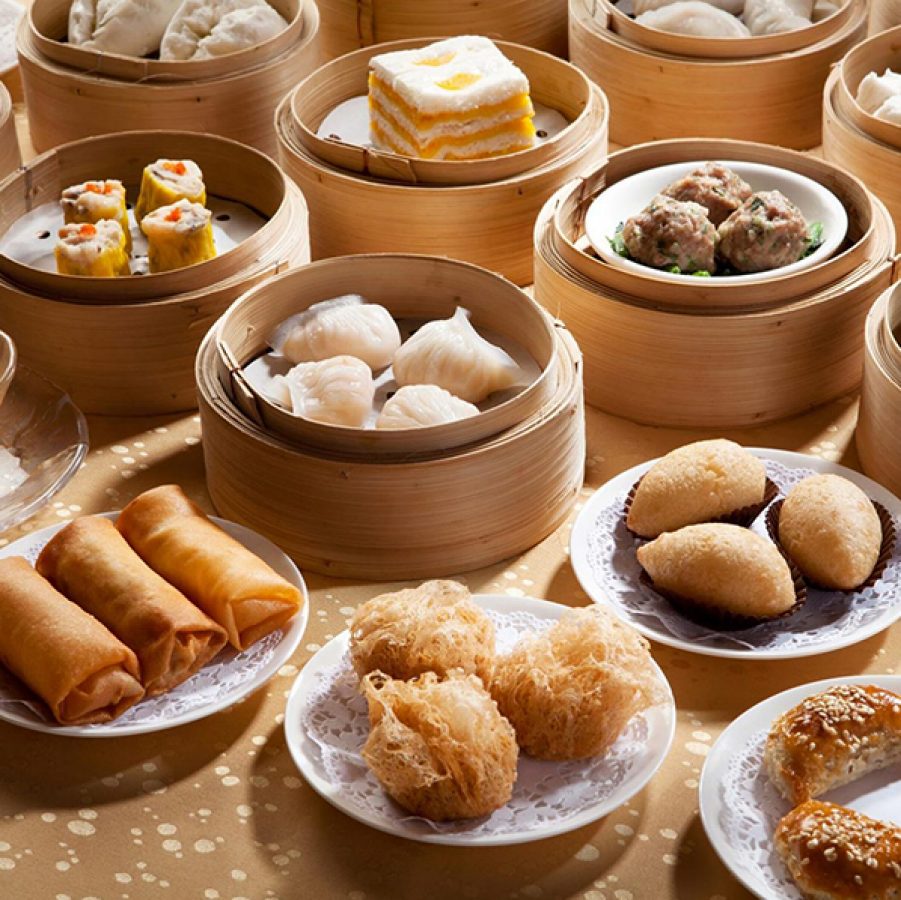“`
# Experiencing Hong Kong Dim Sum Culture in Local Eateries

If you’re planning a trip to China and craving an authentic cultural dive, **Hong Kong Dim Sum** is a must-try experience that blends history, flavor, and community. As a gateway to China’s rich culinary world, Hong Kong offers a unique twist on traditional dim sum, making it a highlight for travelers seeking Hong Kong culinary attractions. From bustling teahouses to hidden local spots, this guide will walk you through the joys of dim sum while sharing practical tips and insights. Here at jusha.travel, we love sharing tips to make your China journey unforgettable, and this post will inspire you to savor every bite of Dim Sum Hong Kong.
### Historical Roots and Cultural Importance

Delving into Hong Kong Dim Sum means stepping back in time to explore its origins in southern China. Dim sum, or *dian xin* in Mandarin, translates to “touch the heart” and began as a simple accompaniment to tea during the Song dynasty (960–1279). For more on its evolution, check out the detailed history on [Dim Sum – Wikipedia](https://en.wikipedia.org/wiki/Dim_sum). This tradition migrated from Guangzhou to Hong Kong, where the city’s role as a bustling port turned it into a cultural powerhouse. By the early 20th century, dim sum houses dotted the streets, becoming social hubs for locals and travelers alike.
As a Hong Kong cultural experience, dim sum reflects the fusion of Chinese heritage and modern influences. It’s not just food; it’s a ritual that embodies community and hospitality. For instance, the practice of *yum cha*—literally “drinking tea”—evolved as roadside teahouses served small snacks to weary travelers along ancient trade routes. Today, this custom offers insights into China’s social fabric, where sharing a meal fosters connections. If you’re a first-time visitor, remember that **Hong Kong travel tips** often emphasize dim sum as an affordable way to immerse yourself in local life, with meals costing as little as $10–20 USD per person.
### The Atmosphere and Experience in Local Eateries

Stepping into a traditional Hong Kong dim sum spot is like entering a whirlwind of sights, sounds, and smells—truly one of the top Hong Kong culinary attractions. These local eateries, often tucked away in bustling neighborhoods like Mong Kok or Central, are characterized by their energetic vibe. Imagine crowded tables shared with strangers, the rattle of pushcarts laden with steaming baskets, and the calls of staff announcing fresh arrivals. As detailed in How to Savor Authentic Dim Sum in Hong Kong’s Best Spots, this communal setting is perfect for **Hong Kong cultural experiences**, where you might end up chatting with a local over a shared plate.
For travelers, **Hong Kong travel guide** essentials include timing your visit right—dim sum is best enjoyed in the morning or early afternoon, when the atmosphere peaks. These spots range from no-frills “holes-in-the-wall” to more polished teahouses, but the essence remains the same: interactive and lively. Pro tip: If you’re new to this, don’t hesitate to point at items on the carts; it’s the local way to order. This experience not only satisfies your taste buds but also highlights China’s emphasis on social bonds, making it a memorable part of any **Dim Sum Hong Kong** adventure.
### Tea Drinking Rituals and Table Etiquette

At the heart of Hong Kong Dim Sum lies the art of tea drinking, an integral ritual that elevates a simple meal into a cultural celebration. Tea isn’t just a beverage; it’s the cornerstone of *yum cha*, with varieties like jasmine or oolong chosen to complement the flavors of the dim sum. According to [Hidden Hong Kong: A History of Dim Sum](https://www.localiiz.com/post/food-drink-history-dim-sum-hong-kong), this practice dates back centuries, emphasizing respect and mindfulness. When you sit down, your server might pour tea immediately, and a subtle gesture like tapping two fingers on the table shows gratitude—etiquette that’s as old as the tradition itself.
As part of Hong Kong cultural experiences, mastering table manners adds depth to your visit. For example, the phrase “one bowl, two pieces” refers to a modest order of tea and an couple of dim sum items, reflecting the meal’s humble roots. Sharing dishes is key, with small portions encouraging everyone to try a bit of everything. If you’re following Hong Kong travel tips, remember to slurp your soup dumplings (like xiao long bao) politely—it’s a sign of enjoyment! This ritual not only ties into China’s broader tea culture but also offers a relaxing counterpoint to the city’s fast-paced life, making it ideal for culture enthusiasts.
### Navigating Local Eateries and Modern Twists
Exploring Dim Sum Hong Kong means navigating its eateries with confidence, blending tradition with contemporary flair. Start by seeking out signature dishes like har gow (shrimp dumplings), siu mai (pork dumplings), and char siu bao (rosemary pork buns)—each a testament to Hong Kong’s inventive cuisine. In modern venues, you might order via a checklist menu, while older spots rely on the classic pushcart system. For practical advice, visit [Everything You Need to Know About Dim Sum in Hong Kong](https://www.secretfoodtours.com/blog/everything-you-need-to-know-about-dim-sum-in-hong-kong/), which highlights how to dip your dumplings in vinegar or handle slippery noodles like a pro.
As a Hong Kong travel guide staple, dim sum has evolved to include innovative twists, such as fusion versions with local ingredients or even vegan options, reflecting China’s tech-savvy food scene. For instance, some high-end restaurants now use apps for ordering, merging tradition with technology. **Hong Kong travel tips** include varying your spots: try a historic teahouse for authenticity or a trendy one for modern takes. This evolution showcases Hong Kong’s dynamic culture, where ancient customs meet today’s innovations, inspiring travelers to explore more of China’s diverse offerings.
In conclusion, diving into **Hong Kong Dim Sum** culture in local eateries is more than just a meal—it’s a gateway to understanding China’s vibrant heritage, from historical roots to everyday rituals. Whether you’re savoring the communal buzz or mastering tea etiquette, these experiences create lasting memories and deepen your appreciation for Hong Kong culinary attractions. At jusha.travel, we’re passionate about guiding visitors to such authentic encounters, so check out our site for more on **Hong Kong cultural experiences**, **Dim Sum Hong Kong**, and essential **Hong Kong travel tips**.
We’d love to hear your stories—have you tried dim sum in Hong Kong? Share your thoughts in the comments below, visit jusha.travel for more China travel inspiration, or explore related articles like our guide to Beijing’s street food. Safe travels!
“`

